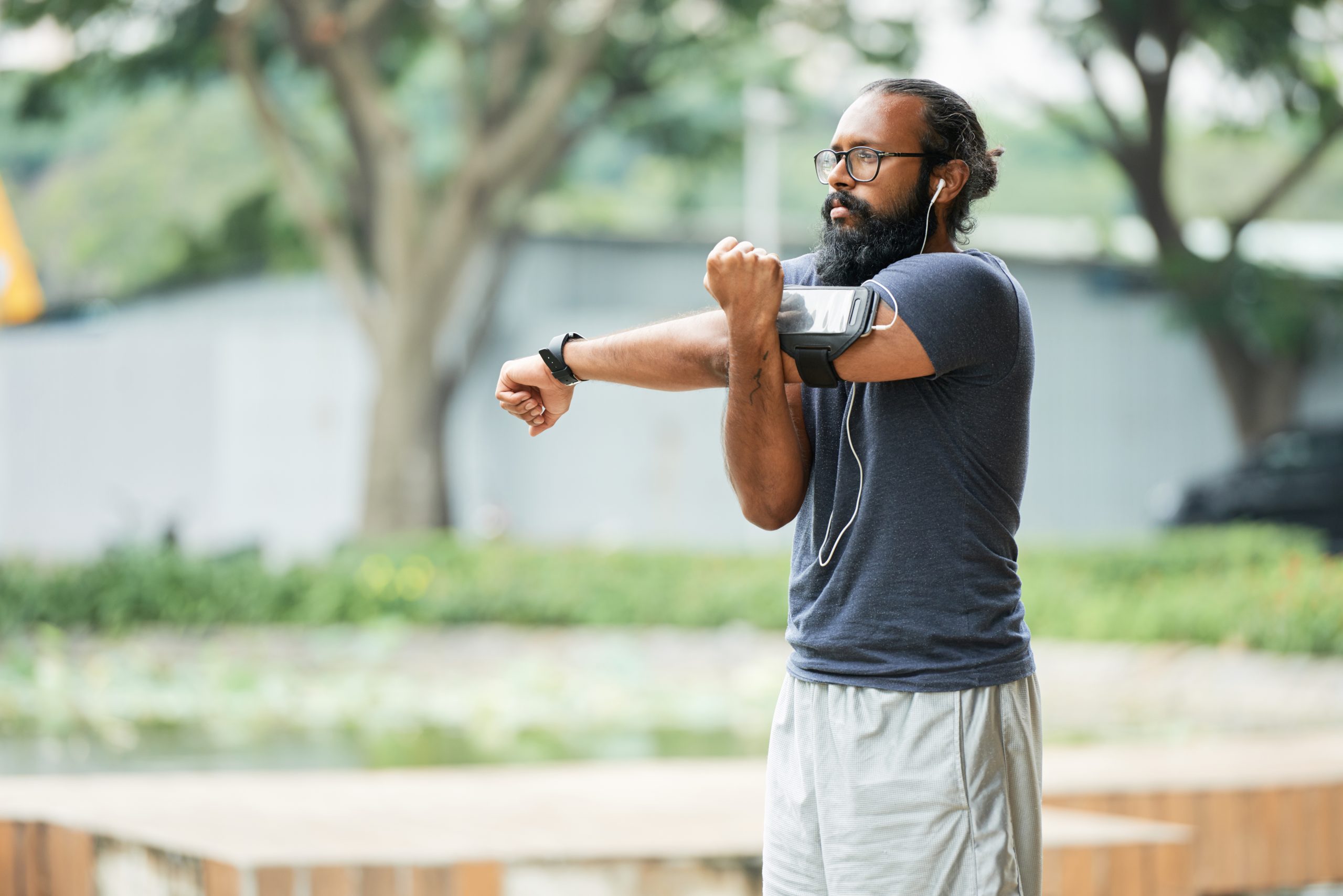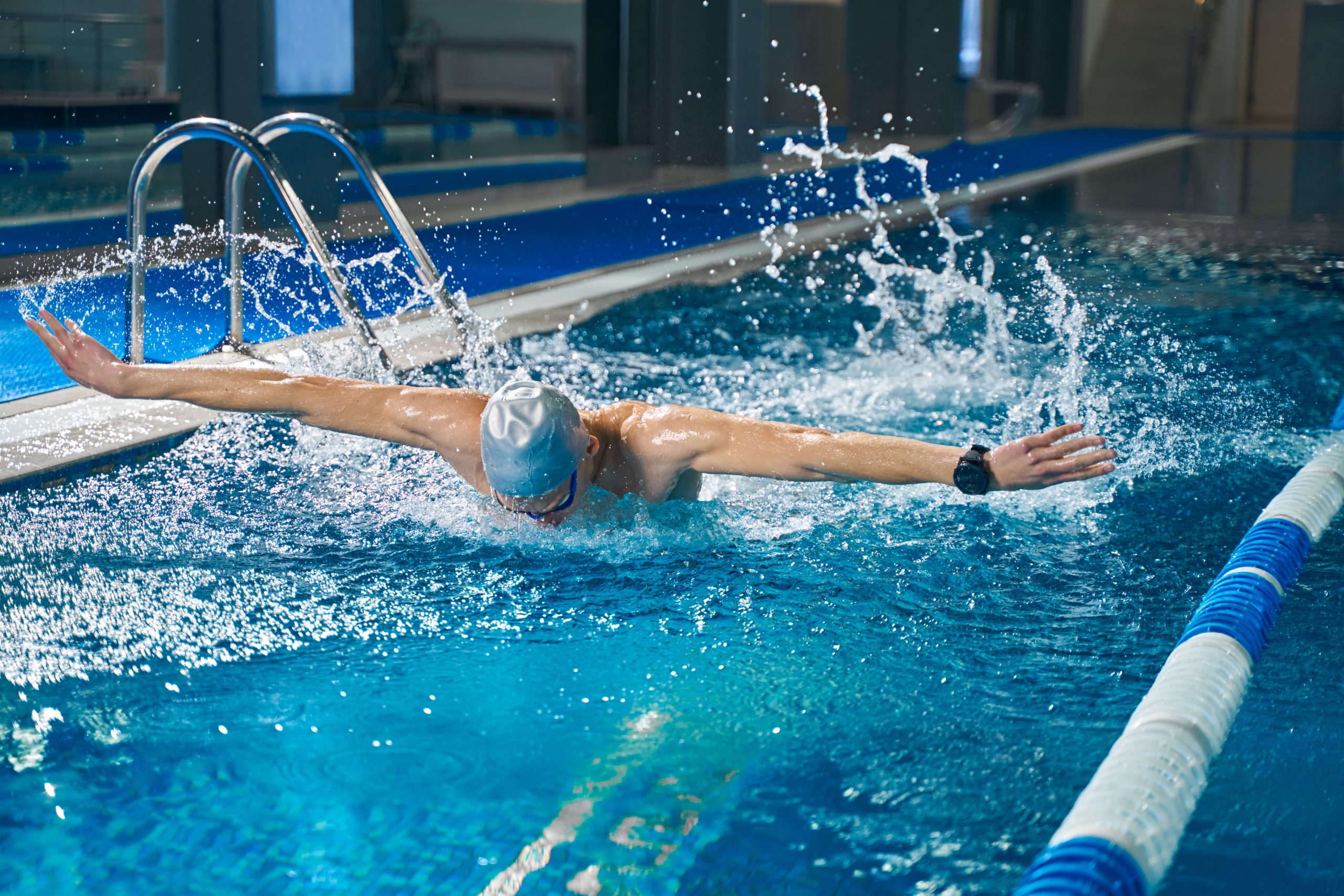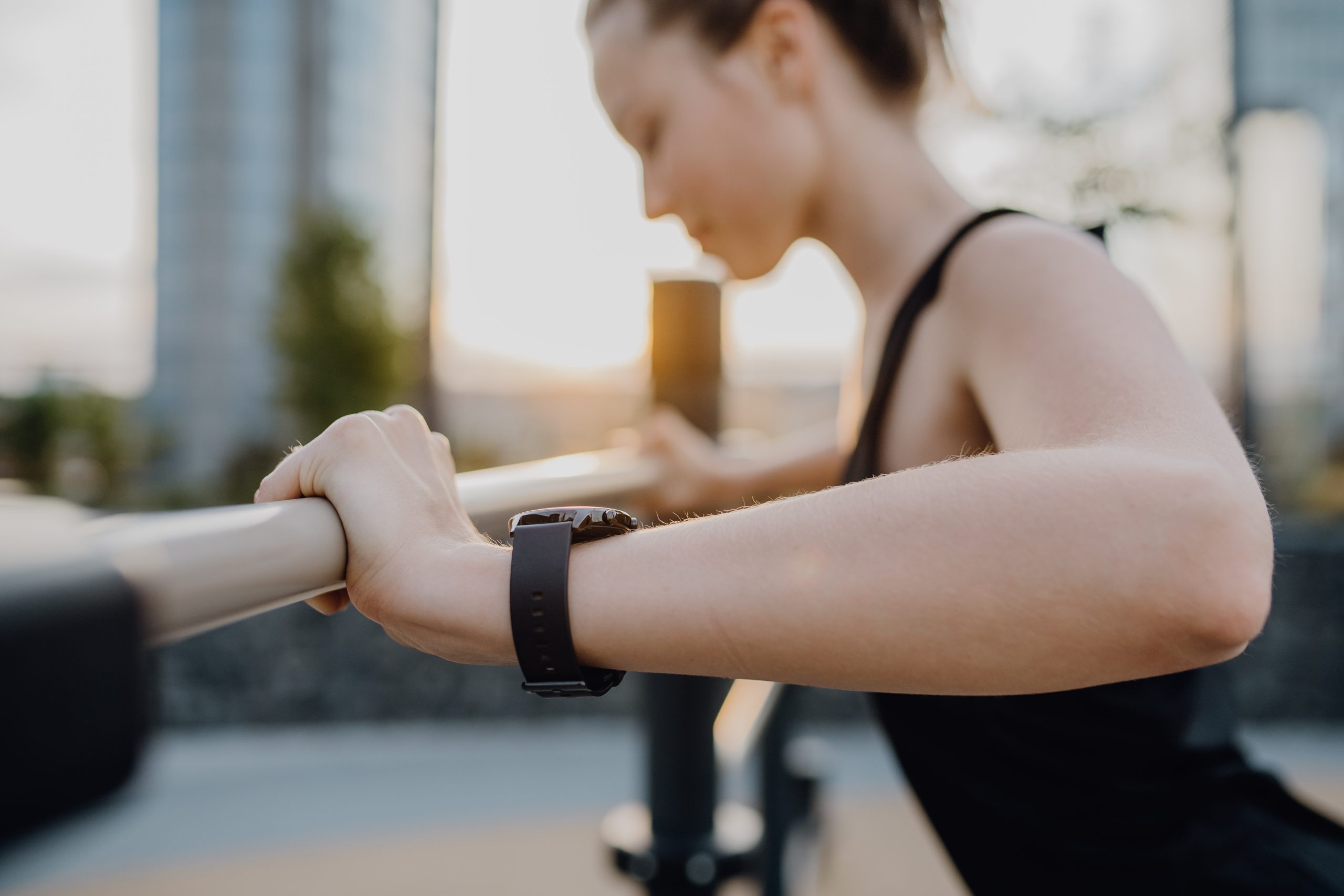Looking for gift ideas as we move into the holiday season? How about ones that can help your family and friends get more active in the new year, like wearable fitness trackers?
The benefits of wearable fitness trackers
Wearable fitness trackers encourage physical activity through everyday activities. Many studies suggest that they get people in various age groups more active, resulting in around 1,800 more steps, 40 more minutes of walking and six more minutes of moderate to vigorous physical activity per day. Using these devices to help you be more active is also linked to lowered blood pressure and greater aerobic fitness, and they promote taking actions that support long-term behaviour change, such as goal-setting. Plus, they can help you track more of your “move minutes” during ParticipACTION’s app challenges, like the one happening next month, boosting your odds of winning prizes!

5 popular wearable fitness trackers
To help you choose the right wearable fitness tracker for you, your family members or friends, we’ve rounded up popular devices with great reviews and dive into their pros and cons from users. Each one on our list can track your physical activity, heart rate, sleep and VO2 max (an indicator of aerobic fitness; the maximum amount of oxygen your body can absorb and use while exercising). But they differ in price, battery life, certain features and app compatibility.
1. Amazfit Band 7
- Price: $69.95
- Available colours: black, beige or pink, with a choice of four additional strap colours – blue, green, orange and pink
- Display: 73-cm AMOLED
- Battery life: 18 days
- Water-resistance rating: 5 ATM
- App: Zepp app
- Smartphone compatibility: Android 7.0 or higher, iPhone (iOS) 12.0 or higher
Pros:
With a $69.95 price tag and an 18-day battery life, the Amazfit Band 7 is the least expensive and has the longest battery life of all the wearable fitness trackers on this list. It also offers 120 activity modes and automatically recognizes four activities – walking, running, elliptical and rowing machine – allowing you to get data on your favourite sports and activities. This makes the Amazfit Band 7 an excellent option for those who enjoy a wide variety of sports and activities.

This device’s 5 ATM water-resistance rating means you can swim or shower while wearing it. Plus, the Amazfit Band 7 has Amazon Alexa built into it, enabling you to easily set alarms, ask questions, check the weather and more.
Cons:
The Amazfit Band 7 lacks a physical navigation button, sometimes making it challenging to exit a page, and built-in GPS, meaning you must bring a paired smartphone with you when tracking outdoor activities. Its basic design may also not be appealing for those seeking something more stylish, and you have to pay an annual fee to see more detailed reports.
2. Amazfit Bip 5
- Price: $129.99
- Available colours: Soft Black, Cream White or Pastel Pink
- Display: 85-cm LCD
- Battery life: 10 days
- Water resistance rating: IP68
- App: Zepp app
- Smartphone compatibility: Android 7.0 or higher, iOS 14.0 or higher

Pros:
The Amazfit Bip 5 has all the same features as the Amazfit Band 7 and more. It automatically detects seven different activities: outdoor walking, indoor walking, outdoor running, treadmill, outdoor cycling, rowing machine and elliptical. Plus, this device’s integrated GPS allows you to accurately track runs, hikes, bike rides and other outdoor activities without needing to bring your smartphone. You can even sync your workout data with your Adidas Running account, Strava, Komoot, Relive, Apple Health and Google Fit. The Amazfit Bip 5 also has a built-in microphone and speaker that let you make and answer Bluetooth phone calls.
Cons:
The Amazfit Bip 5 has a shorter battery life than the Amazfit Band 7, and the LCD display is not as high quality as the AMOLED screens of the other wearable fitness trackers on this list. While the device’s IP68 water-resistance rating means it can withstand splashes or snow, you can’t swim or shower while wearing it.
3. Fitbit Inspire 3
- Price: $129.95
- Available colours: Midnight Zen (black), Lilac Bliss (pink) or Morning Glow (orange)
- Display: 88-cm AMOLED
- Battery life: 10 days
- Water-resistance rating: 5 ATM
- App: Fitbit app
- Smartphone compatibility: Android 10.0 or higher, iOS 15.0 or higher

Pros:
Like other Fitbit devices, the Fitbit Inspire 3 tracks Active Zone Minutes (the amount of time spent in target heart rate zones), enabling you to tweak your effort to reach your goals, and provides a Daily Readiness Score, which tells you if your body is ready to exercise or needs time to rest and recover. You can also set up to six workout shortcuts on this tracker from a choice of over 40 activities, including running, walking, kickboxing, Pilates, tennis and golf.
If you’re concerned about whether it will fit on your wrist, the Fitbit Inspire 3 comes with both small and large bands, and with the purchase of a $25 clip, you can attach it to your shirt, pocket or sports bra. If you buy this device, you’ll get a six-month Fitbit Premium subscription, which gives you access to a complete workout library and more.
Cons:
The Fitbit Inspire 3’s small on-screen text can be difficult to read, and the tracker’s lack of built-in GPS means you need to pair it with your smartphone’s GPS for location-based tracking. To access some metrics, you’ll have to pay for a Fitbit Premium subscription beyond the initially included six months ($12.99 per month or $104.99 per year).
4. Garmin Vivosmart 5
- Price: $199.99
- Available colours: black, white or Cool Mint (green)
- Display: 85-cm OLED
- Battery life: 7 days
- Water-resistance rating: 5 ATM
- App: Garmin Connect app
- Smartphone compatibility: Android, iOS

Pros:
Similar to the Fitbit’s Daily Readiness Score, the Garmin Vivosmart 5’s Body Battery feature tracks your energy levels to help you determine the best times to get active, taking into account your activities from the previous day and your sleep quality. It can even tell you your fitness age by using your chronological age, weekly vigorous physical activity, resting heart rate and body mass index to estimate whether your body is younger or older than you are. Unlike Fitbit data, all Garmin data is free and available in the Garmin Connect app.
The Garmin Vivosmart 5’s hydration tracking feature allows you to log your daily fluid intake to remind you to keep hydrated and sets automatic hydration goals that change depending on the amount of sweat you lose. This device also has safety and tracking features like incident detection during certain outdoor activities.
Cons:
The Garmin Vivosmart 5 has a shorter battery life than the other devices listed so far and doesn’t have built-in GPS.
5. Fitbit Charge 6
- Price: $219.95
- Colours: Coral/Champagne Gold Aluminum, Porcelain/Silver Aluminum, Obsidian/Black Aluminum
- Display: 56-cm OLED
- Battery life: 7 days
- Water resistance rating: 5 ATM
- Smartphone compatibility: Android 10.0 or higher, iOS 15.0 or higher
Pros:
Like other Fitbit devices, the Fitbit Charge 6 tracks Active Zone Minutes and provides a Daily Readiness Score. You can also connect it to compatible exercise machines, including treadmills, ellipticals, rowers, stationary bikes and more to view your heart rate on the machine’s display. This tracker also offers Google Maps for navigation, giving you turn-by-turn directions while you walk, ride or run. Similar to the Fitbit Inspire 3, you get a six-month Fitbit Premium membership with purchase.
Cons:
The Fitbit Charge 6 doesn’t support Spotify (only YouTube Music), has some sport mode limitations and is the most expensive wearable fitness tracker on this list. As with the Fitbit Inspire 3, you’ll have to pay for a Fitbit Premium subscription ($12.99 per month or $104.99 per year) beyond the initially included six months to access certain metrics.
Picking the right wearable fitness tracker depends on your individual needs, preferences and budget, but with these options, you’re sure to find one that meets your criteria. Consider buying or gifting one before our next app challenge!









